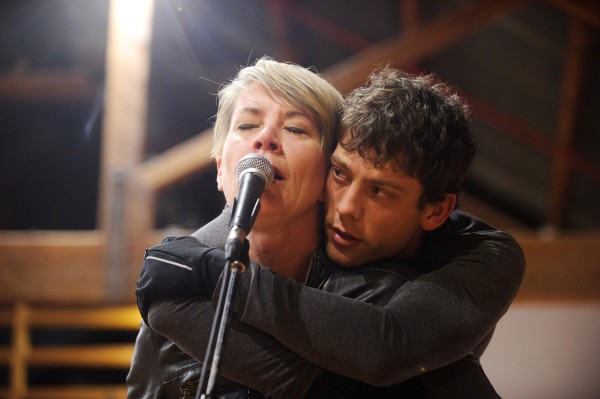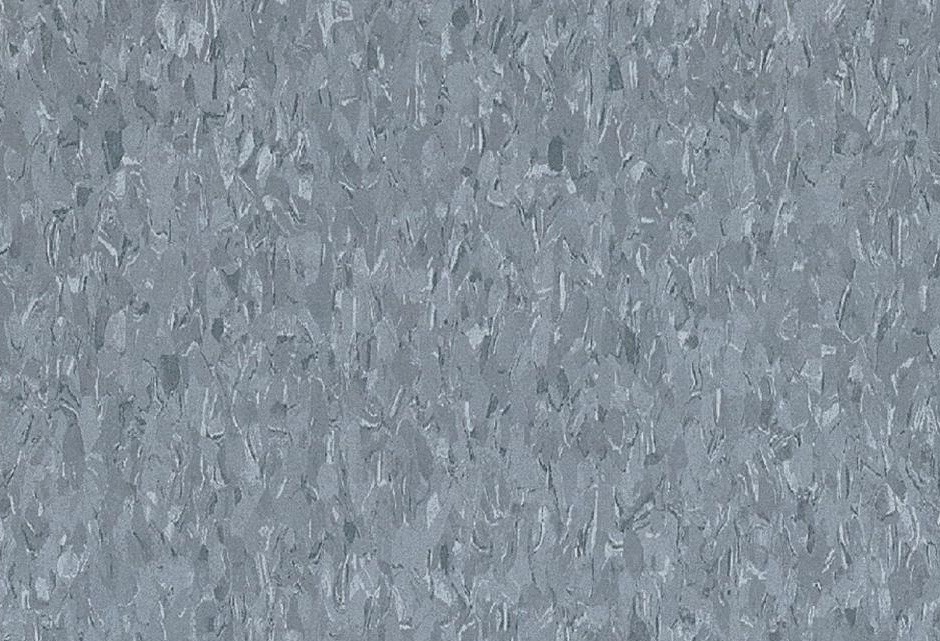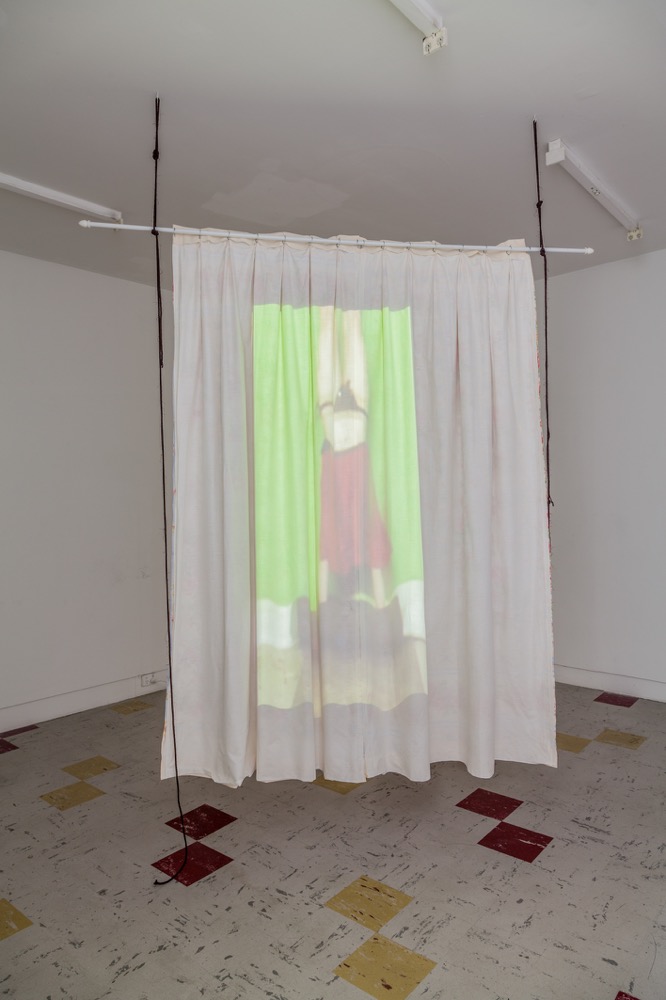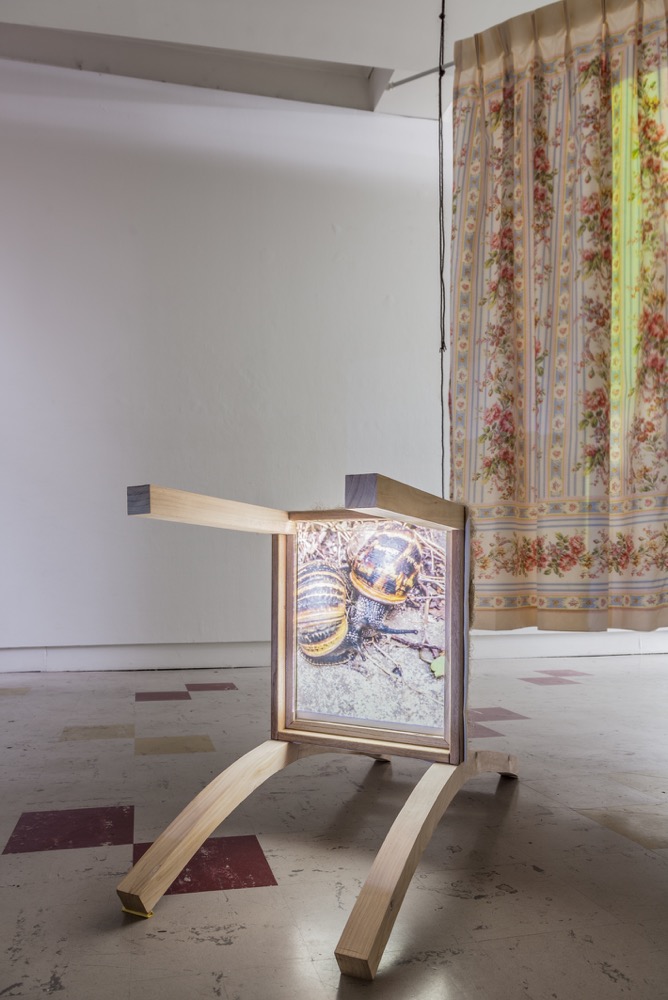A tantrum in triplet
Jane Montgomery Griffiths wrote an article introducing her adaptation and its context prior to the opening night of Antigone, directed by Adena Jacobs at the Malthouse Theatre. Perhaps too optimistically, she states that: “Creon’s 5th century misogyny has a very different meaning in the 21st century.” Whilst this may be true, it is apparent that critics are all too focused on upholding the authority and structure of the patriarchal male voice, through their defense of the original text and prescription of what an adaptation should be.
The perhaps unconscious attempt to continue the myth of ‘woman who should be feared and silenced’ is not limited to the critique of the play, but extends beyond the theatre to the female playwright who might meddle with a Sophocles. The critics, namely The Age, Herald Sun and Daily Review, should act as mediators between the theatre and the audience, rather than committing such injustices to the performance and the text. It’s like reading an Amazon book review. For those wishing to read a review and not a rant, see Alison Croggon’s piece for the ABC.
Antigone, Malthouse Theatre, Melbourne, 21 August – 13 September 2015.



